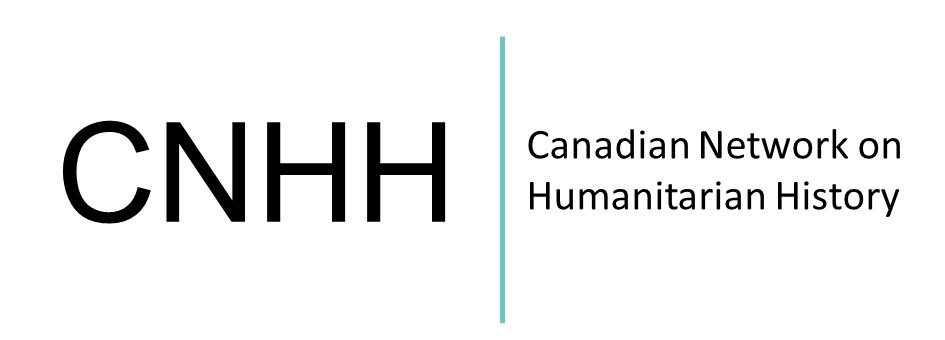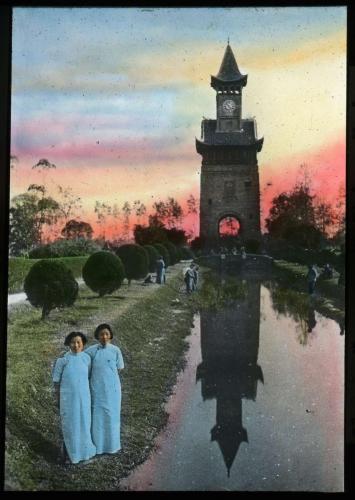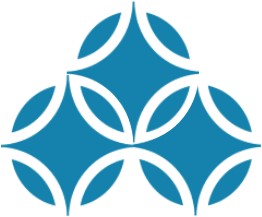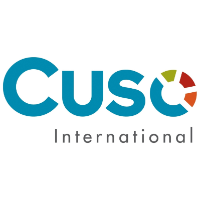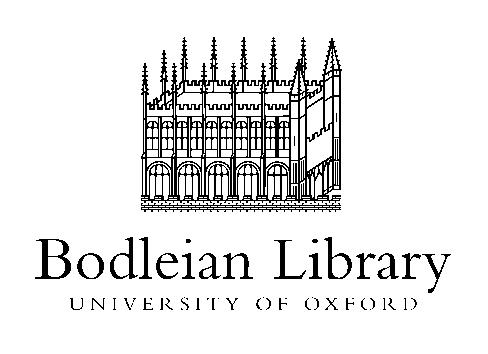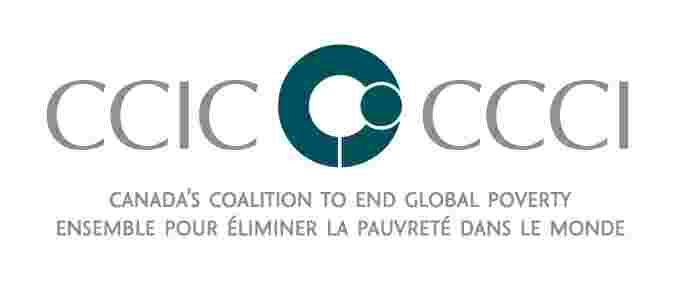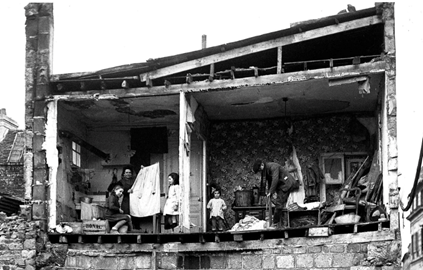Recently, Chloe Dennis blogged on the acquisition of 193 glass lantern slides donated to Archives and Research Collections at Carleton University. In addition, Ms. Dennis created a virtual exhibit showcasing these slides, archived as part of the John William Foster fonds at the ARC.
Author: Sean Eedy (Page 13 of 20)
The latest Bulletin of the Network was just sent out and should be arriving to in-boxes shortly. The Bulletin can also be found below for those not subscribing or not yet part of the CNHH mailing list.
The Canadian Council for International Co-operation (CCIC) and the Canadian Association for the Study of International Development (CASID) are happy to announce the launch of their NextGen database and invite members of the CASID and the CNHH to join. This database can provide members of the CNHH the opportunity to promote their research on development and humanitarianism and make it visible to a wider academic community.
The NextGen database is a user-friendly online searchable inventory of more than 500 Canadian researchers from universities, colleges, institutes, think-tanks, and civil society organizations (CSOs) working on international development and humanitarian assistance! It is part of a broader three-year collaboration.
Continue reading
by Nicholas Hepner
Nicholas is a third year student in the Department of History at Carleton University. In addition to being a member and RA with the CNHH, Nicholas interns with Cuso International and was enrolled in HIST 3807A Practicum in History where research on this article was undertaken under the supervision of Jennifer Buter, Communications Officer at Cuso. The CNHH thanks Cuso and Dr. John Walsh, who ran HIST 3807A, for their support with this project.
Over the course of a semester, I spent several months on a practicum with Cuso International, a Canadian international development non-governmental organization (NGO). Cuso International develops partnerships with developing countries around the world and sends volunteers on two-year contracts. During these months I spent at Cuso International’s Ottawa office, I researched the history of the organization during the 1980s and 1990s. In that time, I learned about Cuso International’s initiatives during these years, like its support for the anti-apartheid movement, and some notable alumni (returned volunteers) who volunteered with Cuso International during those years.
The Global Humanitarianism Research Academy is now accepting applications for its fourth session to be held in 2018. This opportunity for PhD candidates and early Postdoctoral Fellows is led by Drs. Fabian Klose (Leibniz Institute of European History Mainz), Johannes Paulmann (Leibniz Institute of European History Mainz), and Andrew Thompson (University of Exeter), in co-operation with the International Committee of the Red Cross (Geneva) and with the support of the German Historical Institute London.
The Research Academy will be held at the University of Exeter and Archives of the International Committee of the Red Cross, Geneva, on 9-20 July 2018. The deadline to apply is 31 December 2017.
The Royal Bank of Canada Foundation-Bodleian Visiting Fellowship 2018 and the Bahari Visiting Fellowship in the Persian Arts of the Book 2017-18 are now accepting applications.
Lien social et Politiques 82, Printemps 2019.
Ce numéro se situe dans la continuité de ces analyses avec une double intention :
Rassembler des travaux empiriques consacrés à des pratiques concrètes de « transition » énergétique et climatique (en incluant le champ de la mobilité), institutionnelles ou non, de manière à mieux saisir la dynamique des politiques et expérimentations en cours dans une variété de contextes ;
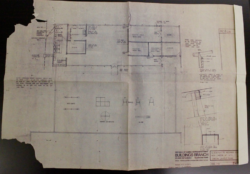
Match International Fund Catalogue of Archives Now Available Online
Through work provided by members of the CNHH, the catalogue of the archives of the Match International Fund is now available online via the Carleton University archives.
From the Carleton Archives website:
French post to follow.
Canadian Council for International Cooperation (CCIC) – Call for Conference Volunteers
Date: September 27 to 28th, 2017 Ottawa
Location: AGA KHAN FOUNDATION CANADA
Are you passionate about International Development?
CCIC is looking for hard-working, dynamic, and dedicated volunteers to join us during our conference INFLUENCE INSPIRE INNOVATE – Realizing the Potential of New Policy Directions. As a volunteer, you can attend the conference events free of charge.
CALL FOR PAPERS – due 30 September 2017
Of all centuries, the twentieth is perhaps the one which most deserves to qualify as the ‘children’s century’ for the way in which the focus of social and political concern increasingly alighted on the figure of the child.
The period from the end of the 19th century witnessed a series of international developments affecting the discourses articulated around children’s rights to physical protection, health and well-being: from the multiplication of laws to protect them in the public and private spheres, to the rise of non-governmental organisations and associations to bring them relief from trauma, insecurity and maltreatment. At the same time, the twentieth century has gone hand-in-hand with increasing opportunities for children to experience such tragedies; and in both domestic settings (abuse or neglect) as well as wider geopolitical manifestations of violence (war and genocide) such anxieties have influenced the form and nature of the above responses.
